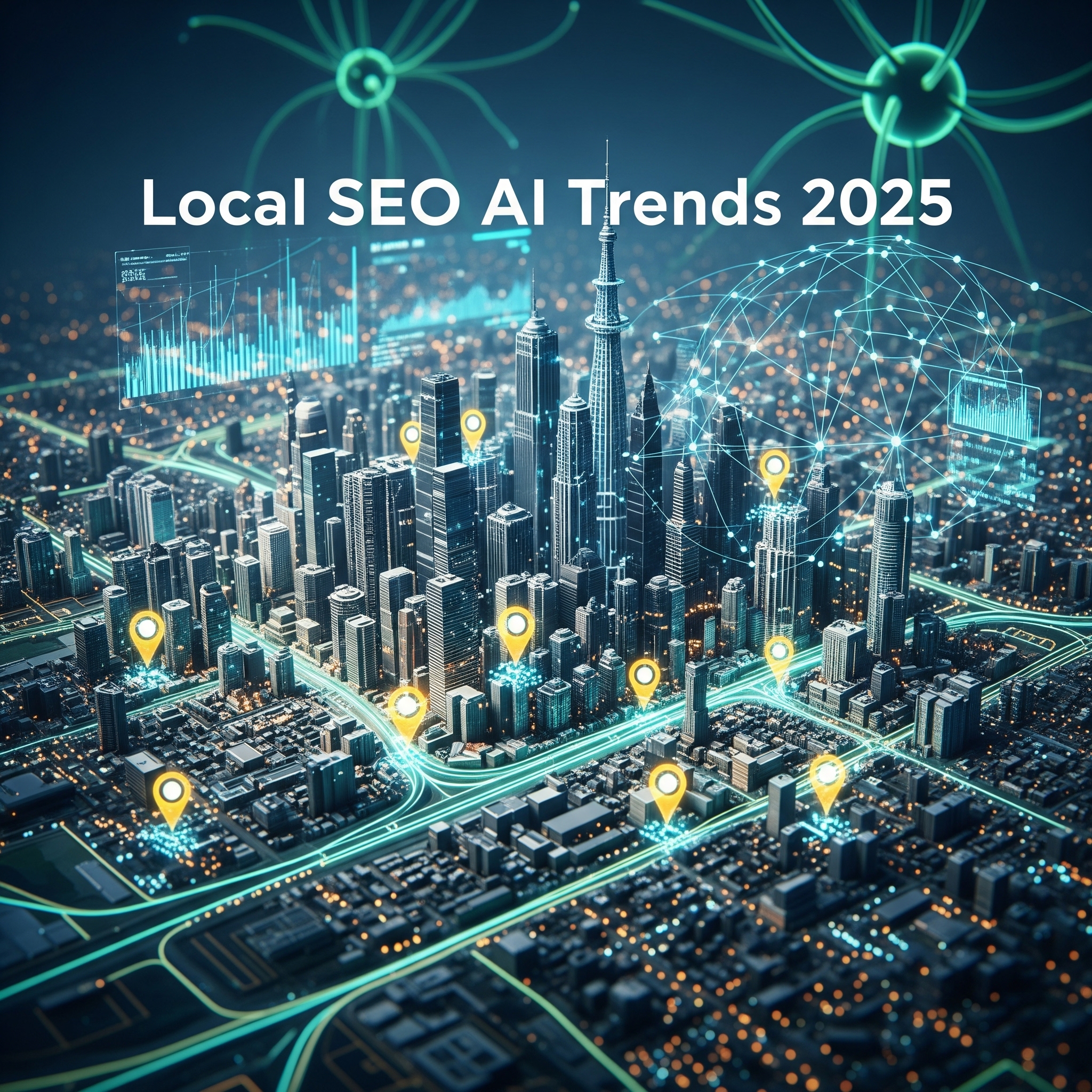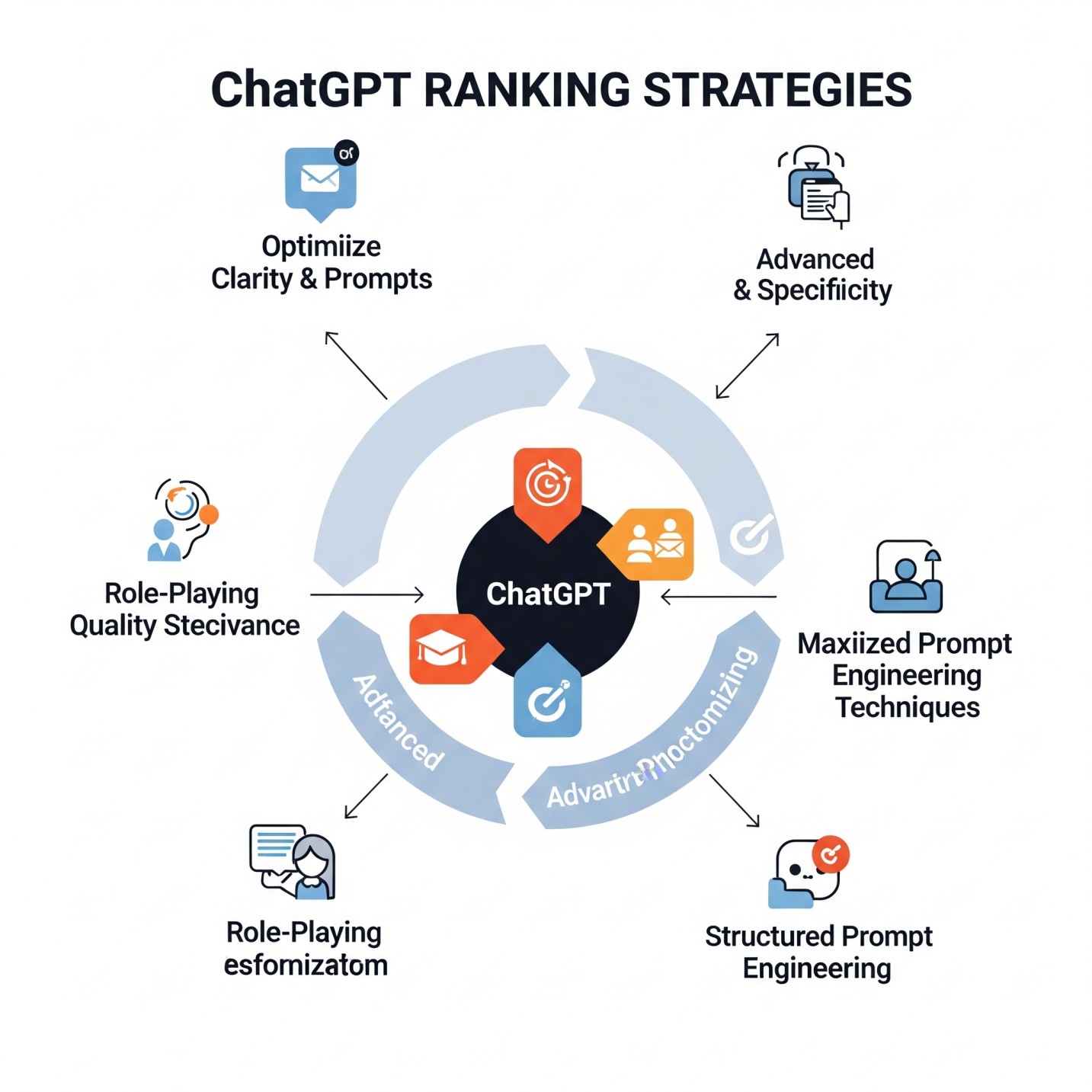In today’s rapidly evolving digital landscape, artificial intelligence has redefined how we search, consume, and present information. The era of SEO—bolstered by keywords, backlinks, and rankings—is being reimagined. Enter Generative Engine Optimization (GEO), a groundbreaking strategy tailored for AI-driven search platforms like ChatGPT, Google AI Overviews, Claude, Gemini, and Perplexity. GEO is poised to reshape the future of digital marketing, content strategy, and search visibility.
What Is Generative Engine Optimization (GEO)?
Generative Engine Optimization (GEO) refers to the strategic process of optimizing digital content to ensure it gets discovered, cited, or used as a direct source in generative AI responses. Unlike traditional SEO focused on ranking in search engine results pages (SERPs), GEO aims to appear within AI-generated answers themselves
GEO vs. SEO: What’s the Difference?
While GEO builds on SEO principles, their goals and methods diverge significantly:
| Aspect | Traditional SEO | Generative Engine Optimization (GEO) |
|---|---|---|
| Main Goal | Rank higher on SERPs | Be cited or used as source in AI-generated answers |
| Optimization Focus | Keywords, backlinks, technical SEO | Clarity, structure, authority, AI-friendly formatting |
| User Outcome | Click-through to website | Answer delivered directly within AI platforms |
| Traffic Model | Traffic via links | Visibility via AI summaries or AI chat responses |
Why GEO Is Now Critical
A. Changing Search Behavior
The rise of chatbots and AI-generated summaries is significantly shifting how users search. Many now obtain information directly from AI tools instead of clicking through traditional search results. For example, AI Overviews can dominate search pages, occupying up to 75% of mobile screen space, displacing clickable links
B. Declining Click Traffic
Marketers are witnessing dramatic drops in organic website traffic. Intuit’s Mailchimp, for instance, reported persistent declines as users increasingly got instant answers from AI rather than visiting the site Wall Street Journal. Additionally, studies show 80% of users complete 40% of their queries without clicking any links, and 42% use generative AI for shopping guidance
Brands Must Adapt or Be Invisible
As a result, marketers shift strategy toward optimizing for AI—not just humans. GEO is becoming vital to ensure visibility, brand authority, and relevance in conversations powered by AI platforms
Core GEO Strategies: How to Optimize for AI Search
Structured, AI-Friendly Content
Use lists, tables, and clear headings. Prioritize statements supported by statistics, quotes, and citations to establish credibility—key for being surfaced in AI answers manhattanstrategies.comHubSpot Blog.
Technical Accessibility & Metadata
Ensure AI “crawlers” can easily parse your site. This includes fast-loading pages, machine-readable schema markup, and AI-specific metadata like llms.txt or structured data tags Wall Street JournalWikipedia.
Monitor AI Visibility
Tools such as Wix’s AI Visibility Overview let site owners track how frequently their content is being cited in AI responses, monitor brand sentiment, and benchmark competitors—essential for GEO monitoring
Use Emerging Platforms & Services
Startups like Asva AI and Siftly help brands optimize for generative outputs, while platforms like Writesonic and Otterly.ai offer GEO-focused analytics and recommendations The Economic TimesWikipedia+1.
Hybrid Approach: SEO + GEO + AEO
Experts now advocate a hybrid strategy combining:
-
Traditional SEO: Keywords, backlinks, technical site health.
-
Answer Engine Optimization (AEO): Structuring for voice assistants and AI snippets.
-
GEO: Ensuring content is readily usable in generative AI responses.
This integrated approach maximizes reach across SERPs, chatbots, and AI platforms
Real-World Examples and Case Studies
D2C Skincare Brand
A direct-to-consumer skincare brand ran an SEO campaign, yet saw no traction because AI chatbots like Google SGE and ChatGPT failed to surface their content. The lesson: traditional AI SEO isn’t enough—brands must optimize for being in AI’s answers, not just traditional visibility
Wix’s GEO Tooling
Wix introduced a first-of-its-kind AI Visibility Overview feature to help content creators track AI citations, sentiment, and visibility—labeling GEO as the “SEO for the AI era”
Mailchimp’s Site Adjustments
Mailchimp started updating technical elements—page speed, bot-accessible code—to better cater to AI crawlers and maintain presence in AI-driven queries
Industry Voices & Publications
Media outlets emphasize that SEO is transitioning into GEO. Practical content today needs to be concise, fact-rich, structured, and formatted with AI in mind New York Magazine. Others warn about invisibility risk if brands don’t adapt quickly
The Future: GEO as the New Standard
As generative AI becomes the primary gateway to information, GEO will no longer be optional—it will define digital visibility. According to Andreessen Horowitz, GEO will evolve into a centralized channel, embedded in marketing workflows and tightly integrated with performance data, analytics, and LLM interactions
Research in August 2025 proposes Role-Augmented Intent-Driven G-SEO, a method that refines GEO strategies using search intent modeling and evaluation frameworks like G-Eval 2.0, reinforcing intentional, nuanced optimization for AI contexts
Conclusion: Embrace GEO Today
Generative Engine Optimization is not just a buzzword—it is a revolutionary shift in how information is discovered, consumed, and delivered in the AI-first era. Here’s how to leverage GEO now:
-
Craft clear, structured, authoritative content with stats, quotes, and concise formats.
-
Optimize site architecture and load speed; use schema markup and AI-friendly metadata.
-
Monitor AI visibility with tools like Wix, Otterly.ai, or Writesonic.
-
Implement a hybrid strategy blending SEO, AEO, and GEO for comprehensive reach.
-
Stay agile—AI platforms evolve fast. Regularly test, measure, and refine your GEO tactics.
In a world where traditional SEO is being eclipsed by AI conversation engines, GEO ensures your content—and brand voice—remain visible, authoritative, and influential in AI-generated answers.








